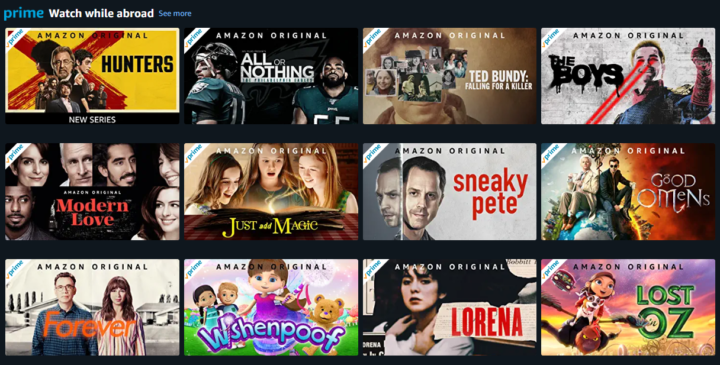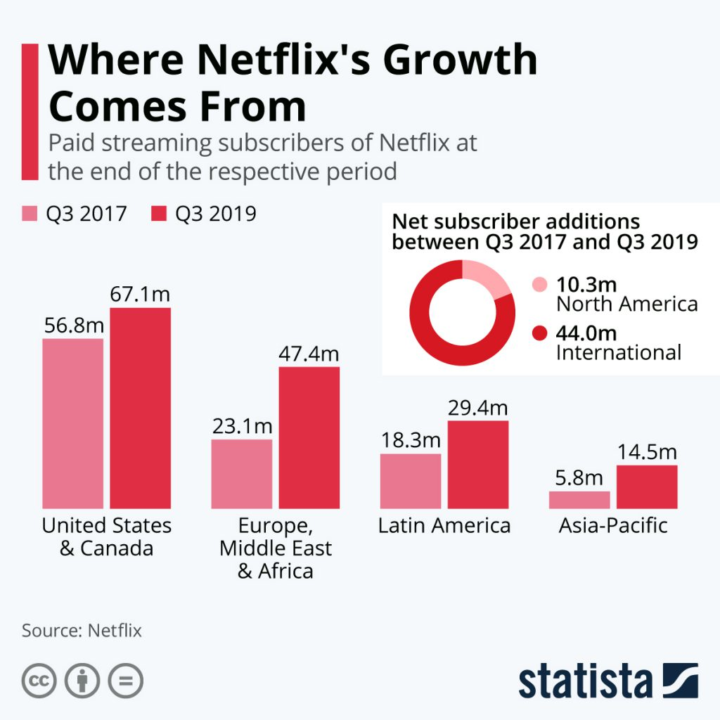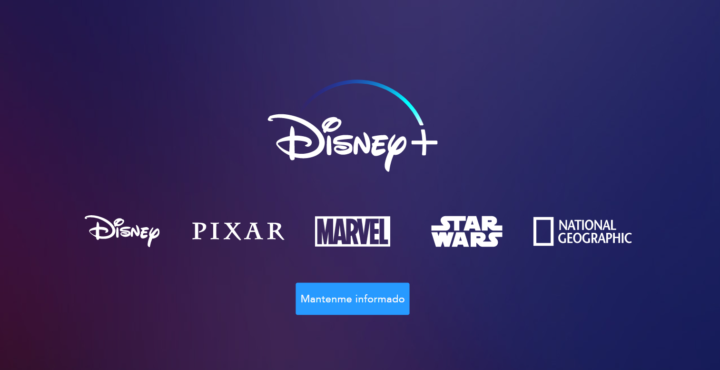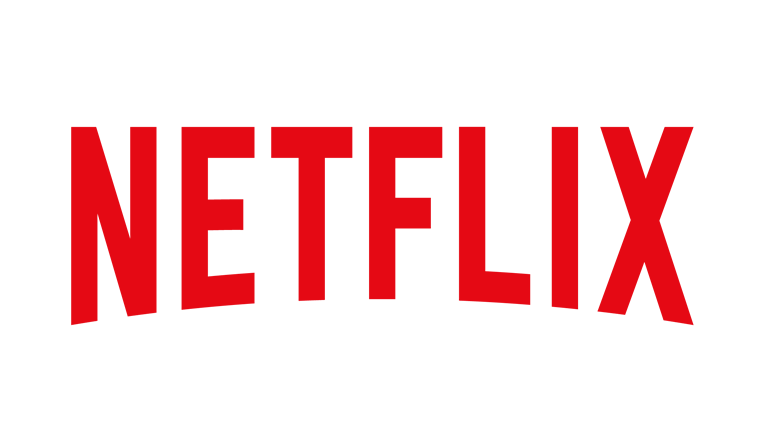Is international content the key to Netflix’s long-term success?
Up until now, Netflix has been the undisputed king of streaming and content on-demand. Cable subscription services around the world have seen their numbers feel the impact of these changing times. But times change for all of us and now, as the public relies more and more on digital content, Netflix’s primacy is starting to be seriously disputed too.
A convoluted market
Netflix Premium cost / Average cable operator cost ratio in the USA is around 1 to 10. That explains why in 2019 alone, 17% of cable subscribers decided to cancel their subscriptions. In Latin America, this ratio may not be as steep, but the trend is just the same. Audiences are favoring streaming on-demand content over cable too. The same happens all around the world.

Amazon Prime has develop a strong original content line up.
As a consequence of this change of habit, content providers such as Hulu, Amazon Prime Video and Sling TV have been followed by such heavyweights as Apple TV+, Disney+ and HBO Max. The consequences of this to the streaming market are twofold. First, new players are spending billions on new content and are withdrawing their titles from Netflix’s library. Second, since 2014 Netflix has been increasing its efforts to secure original content. And even though their subscriber numbers are still growing, its customer acquisition cost is growing as well. This means that its return on investment is reducing.
In other words, the more money Netflix spends on content, the fewer new subscribers it obtains out of it. But that doesn’t mean the content is necessarily expensive or unattractive. What it definitely means is that the market is changing.
Will Netflix be able to sustain its supremacy?
Netflix is now experiencing some serious competition in the US, both in terms of service cost and portfolio. Many analysts have shown their concern about its business model, which has shown negative cash flow, and are predicting that it may eventually have to go to an advertising-supported model like Hulu.

Netflix’s subscriber growth comes from regions where streaming services competitors’ presence is not so strong as in North America.
Whether this is the case or not, Netflix’s strategy seems to point to an increase in its international library. It is spending tons of money on original content produced outside the US, which is cheaper by comparison. And its huge subscriber base could get even bigger by conquering Asia, Africa, and Europe, along with Latin America.
Going global by embracing multicultural content
This is the differentiator Netflix seems to be aiming for. Its library is becoming more and more international. People seem to be enjoying and engaging with productions originating outside the US. The worldwide success of shows like Money Heist (From Spain), Dark (From Germany), Ragnarok (From Norway), Kingdom (From South Korea) and 3% (From Brazil), among many others, are a perfect example of this trend.

Disney + portfolio and IPs are nothing short of marvelous.
Netflix is becoming more internationally oriented. It is strategizing to increase its international subscriber base. It is increasing its bet on economies of scale. We are eager to follow how markets behave and what’s the real impact of the 2020 arrival of Disney Plus will be to international markets, including and South America.











